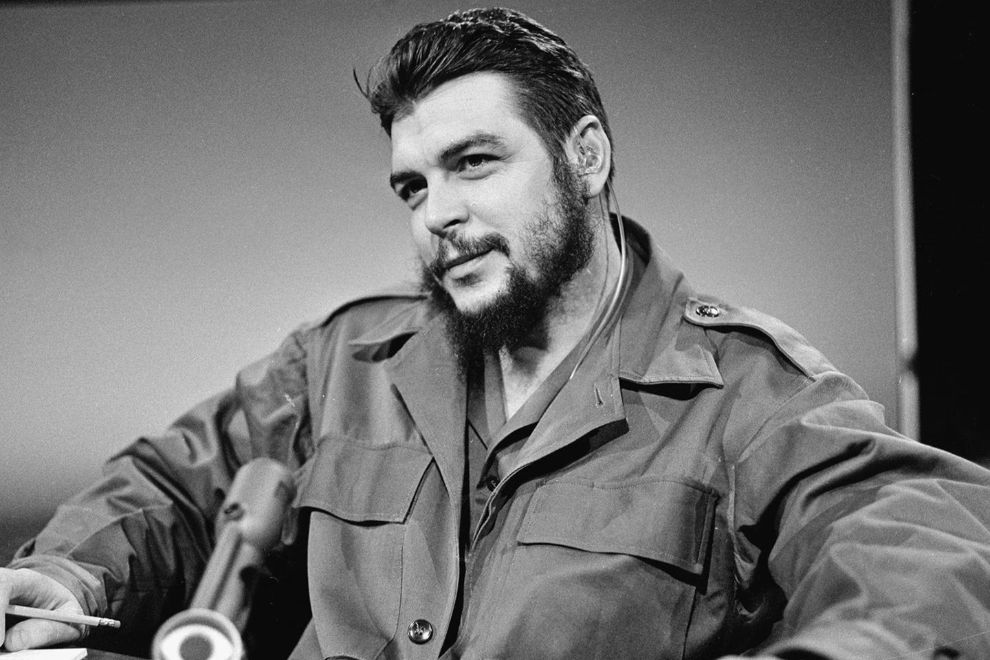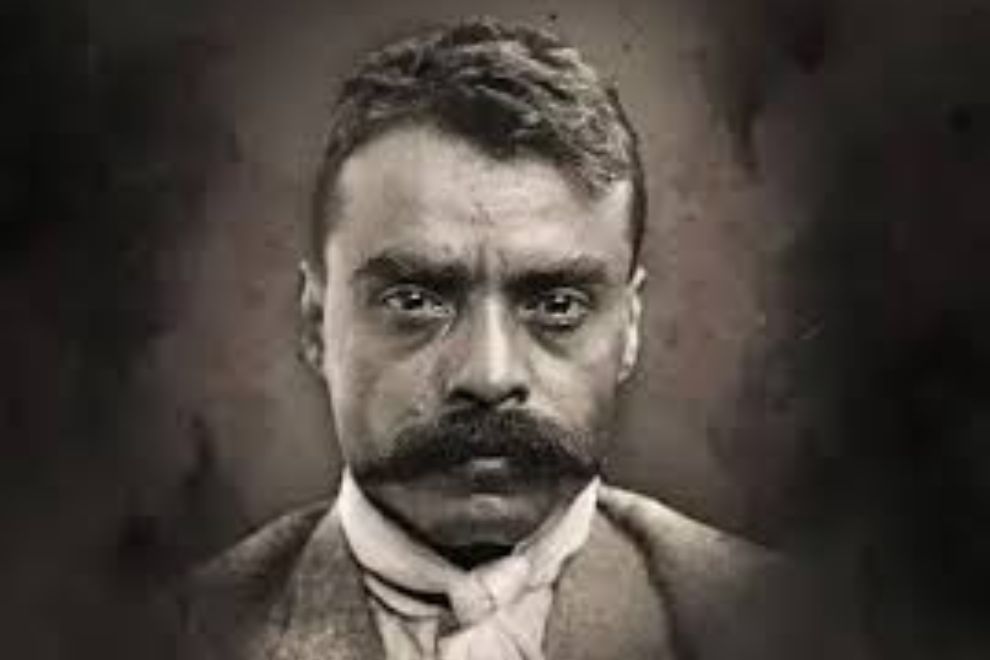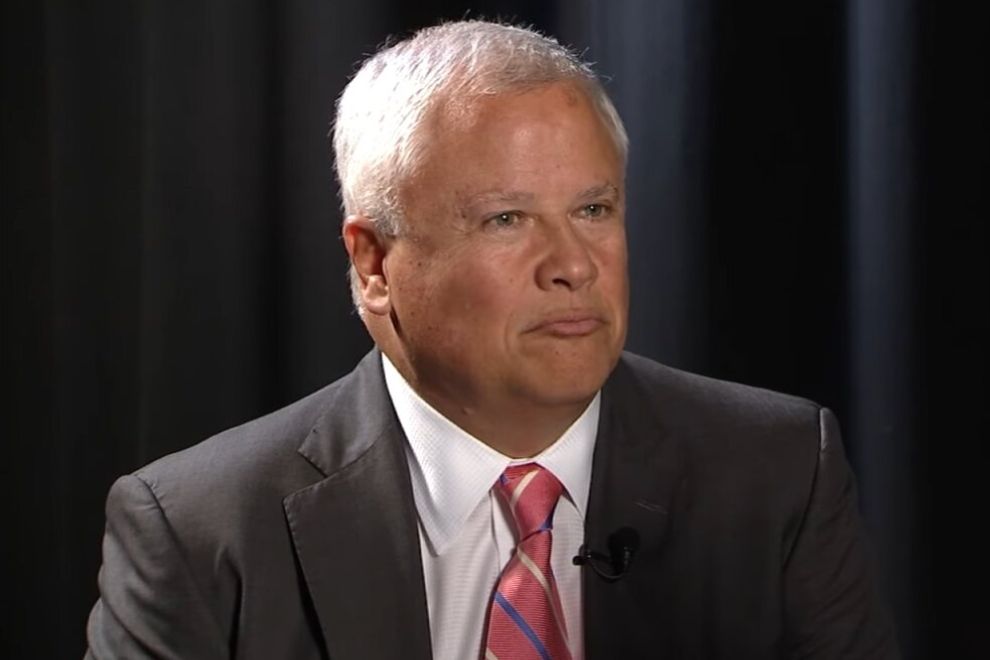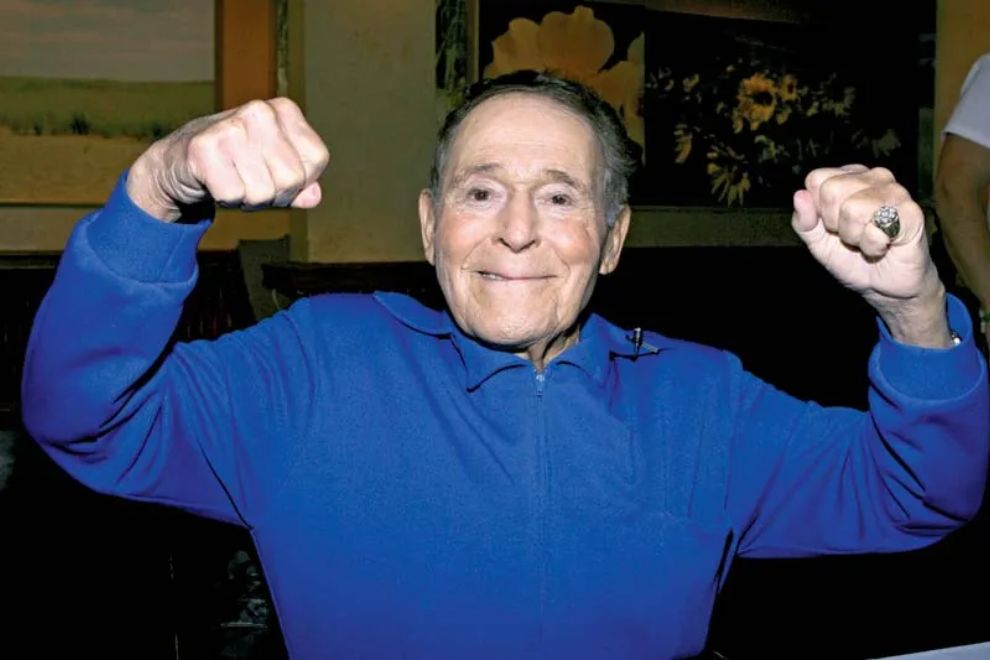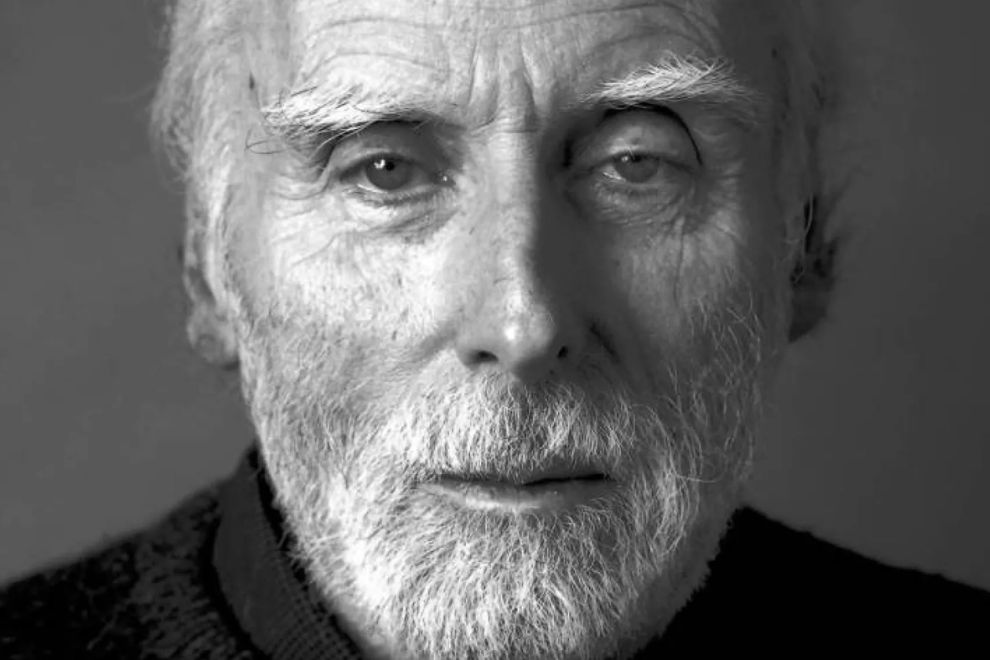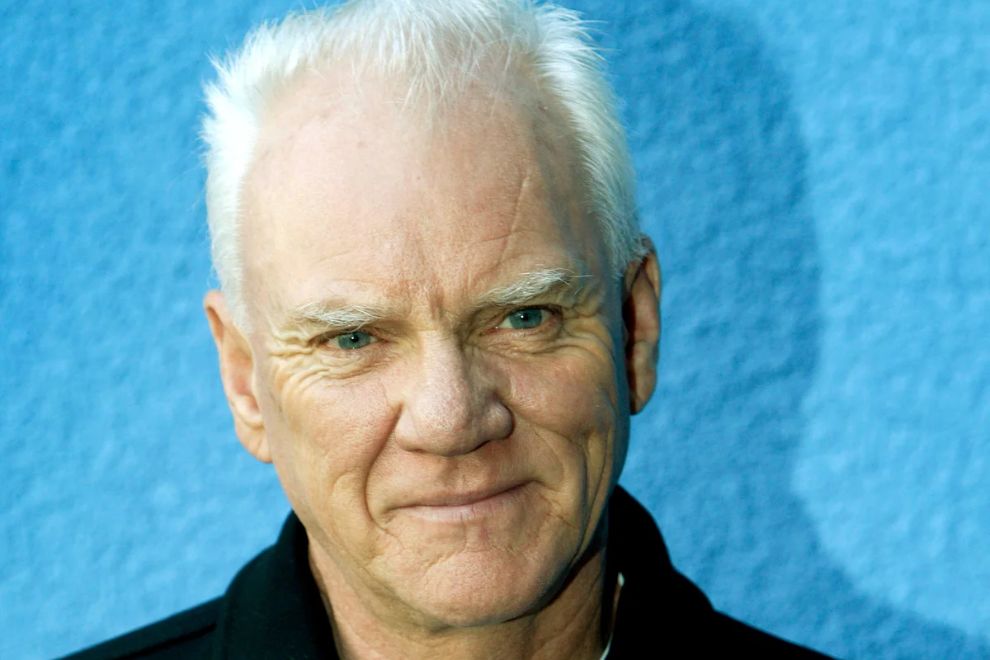Ernesto ‘Che’ Guevara: The Revolutionary Icon Who Changed the World
Introduction Few figures in modern history have achieved the iconic status of Ernesto ‘Che’ Guevara. His image—beret-clad, eyes burning with determination—has become one of the most reproduced and recognized symbols of revolution and resistance across the globe. Beyond the famous photograph, Guevara was a doctor, a guerrilla leader, a Marxist thinker, and a man who dedicated his life to fighting against imperialism and injustice. In this blog, we’ll dive into the life of Ernesto ‘Che’ Guevara, his revolutionary journey, his ideas, and some of his most memorable quotes that still inspire people today. Early Life and Background of Ernesto ‘Che’ Guevara Ernesto Guevara was born on June 14, 1928, in Rosario, Argentina, to a middle-class family. Despite suffering from chronic asthma, Guevara grew up with a passion for reading, sports, and adventure. His early life was shaped by exposure to political debates within his family and an increasing awareness of social inequality across Latin America. A turning point in Guevara’s youth came in 1952, when he embarked on a motorcycle journey across South America with his friend Alberto Granado. This journey, famously recorded in his memoir The Motorcycle Diaries, exposed him to the poverty, injustice, and exploitation endured by workers and indigenous communities. It was during this time that Ernesto Guevara began to envision a life dedicated to revolutionary struggle. One of his famous reflections from this period states: “The life of a single human being is worth a million times more than all the property of the richest man on earth.” This compassion for the oppressed would define his revolutionary path. Che Guevara’s Role in the Cuban Revolution After studying medicine, Guevara traveled to Guatemala, where he witnessed the U.S.-backed coup that overthrew the democratically elected government of Jacobo Árbenz in 1954. This event solidified his anti-imperialist stance. In Mexico, Guevara met Fidel Castro and his brother Raúl Castro, who were preparing to overthrow Cuban dictator Fulgencio Batista. Guevara joined their movement and became a key leader in the Cuban Revolution. As a guerrilla fighter, Che Guevara displayed not only courage but also remarkable leadership skills. His medical knowledge, discipline, and ideological commitment made him invaluable to the movement. One of his motivational quotes for guerrilla fighters was: “The revolution is not an apple that falls when it is ripe. You have to make it fall.” When the Cuban Revolution succeeded in 1959, Guevara held significant positions in the new government, including Minister of Industries and President of the National Bank. He focused on land reforms, literacy campaigns, and industrialization to reduce Cuba’s dependence on sugar exports. Political Philosophy and Ideals Ernesto ‘Che’ Guevara was not just a fighter but also a thinker. His writings on guerrilla warfare, Marxism, and socialism influenced revolutionary movements worldwide. He believed that revolutionary struggle required both armed resistance and the creation of a “new man” driven not by greed but by solidarity. His vision emphasized equality, anti-imperialism, and dedication to collective progress. One of his most famous quotes about revolution is: “Let me say, at the risk of seeming ridiculous, that the true revolutionary is guided by great feelings of love.” This quote illustrates that for Guevara, revolution was not merely about political change but about transforming society through compassion and unity. Global Influence of Che Guevara After his success in Cuba, Guevara continued to spread revolutionary ideas abroad. He traveled to Africa, where he supported anti-colonial struggles, and later to Bolivia, where he attempted to ignite another revolution. Although his mission in Bolivia failed, and he was captured and executed in 1967, his martyrdom elevated him to a global symbol of resistance. Today, Ernesto ‘Che’ Guevara remains an icon for movements in Latin America, Africa, and beyond. His face appears on murals, flags, and T-shirts worldwide—sometimes as a symbol of rebellion, sometimes as a commodified image. Famous Ernesto ‘Che’ Guevara Quotes with Meanings These Ernesto ‘Che’ Guevara quotes remain timeless sources of inspiration for those striving toward justice. Che Guevara’s Death and Legacy On October 9, 1967, Ernesto ‘Che’ Guevara was executed by the Bolivian military with CIA support. Though his life was cut short at just 39 years old, his death transformed him into a martyr. The world remembers him not only for his revolutionary activities but also for his unwavering commitment to his ideals. While some critics see him as controversial due to his methods, others view him as a hero who stood against imperialism and exploitation. Modern Relevance of Che Guevara In the 21st century, Che Guevara’s legacy continues to spark debate. For young activists, he represents the spirit of rebellion and the fight for justice. For critics, his radical approach raises questions about violence and authoritarianism. Nevertheless, Guevara’s message about fighting inequality, resisting imperialism, and envisioning a fairer world remains powerful. His quotes are widely shared in political movements, student protests, and even popular culture. “The revolution is not an end, but a beginning.” This statement still resonates as movements for social and environmental justice spread across the globe. Conclusion Ernesto ‘Che’ Guevara was more than just a revolutionary—he was a thinker, a doctor, a guerrilla, and a global symbol of resistance. His life, though short, continues to inspire people to question injustice and fight for a fairer world. His words remind us that revolution is not just about guns and battles but about love, solidarity, and the courage to stand against oppression. Whether one views him as a hero or a controversial figure, there’s no denying that Che Guevara’s legacy lives on—in books, speeches, murals, and the hearts of those who dare to dream of change.
Ernesto ‘Che’ Guevara: The Revolutionary Icon Who Changed the World Read More »

